Ultrashort laser pulses can predictably induce crystallisation in supercooled water solutions, allowing scientists to accurately image the formation of ice crystals over microsecond timescales.
The dynamics of ice crystal formation is central to cryobiology and has widespread implications from the industrial processing of frozen food to understanding some organisms’ tolerance for being frozen. However, typical methods of inducing crystallisation each have their own set of limitations, making it challenging to accurately record the early stages of ice formation. Seeding usually leads to random crystallisation, whilst drastic temperature reduction is extremely impractical above a few microlitres. External stimuli such as electric effects, ultrasound and lasers have shown more promise but exhibit little control over where nucleation originates and often cause unwanted temperature increases.
Now, a team in Japan has developed a modified method using ultrashort laser pulses to suppress temperature elevation and localise the origin point of crystallisation. Using optical microscopy, they studied the mechanism of crystal formation on the microsecond timescale. Picosecond (10-12s) laser pulses resulted in the formation of tiny gas bubbles in close vicinity to the focus of the laser. Almost immediately, a single ice crystal appeared next to this bubble and rapidly grew at a rate of 1.3cm/s, forming a classical six-armed snowflake shape in less than a second.
The team then compared this behaviour with the formation of crystals in the presence of several important biomolecules: glucose, sucrose and antifreeze proteins. In each case, the rate of crystallisation slowed with higher solution concentrations and the biomolecules also influenced the shape of the resulting crystals. The sugars glucose and sucrose formed more heavily-branched structures whilst the presence of antifreeze proteins triggered needle-like crystal growth.
The team has continued to optimise the methodology and hope that ‘this method will contribute to the study of ice crystallisation in various natural and biological phenomena and industrial processes’.
References
H Takahashi et al, J. Phys. Chem. Lett., 2023, 14, 4394 (DOI: 10.1021/acs.jpclett.3c00414)

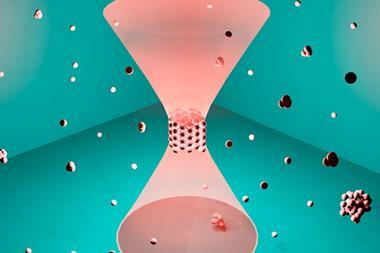



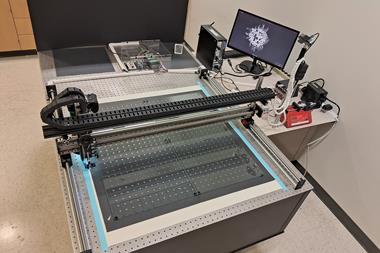

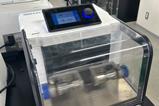



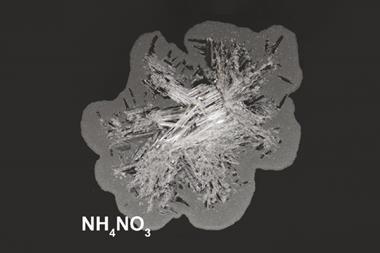
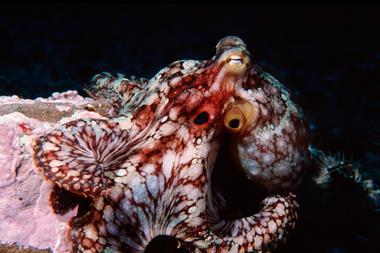
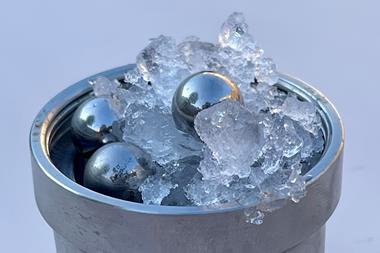












No comments yet